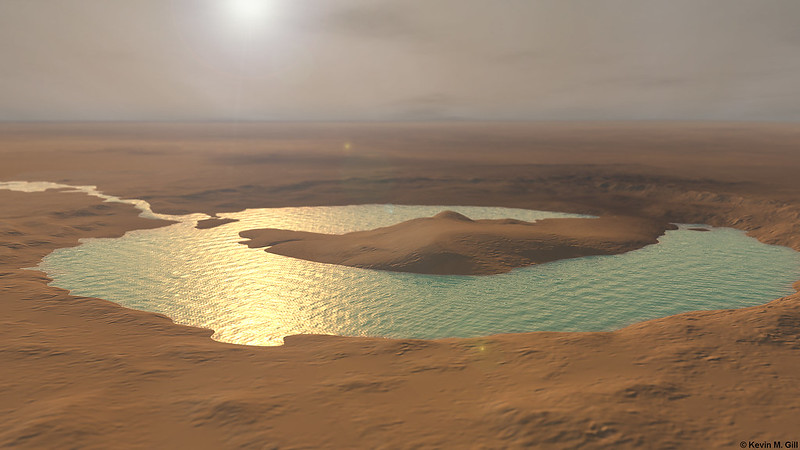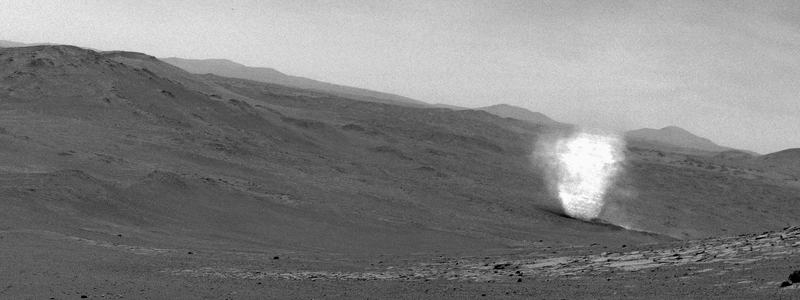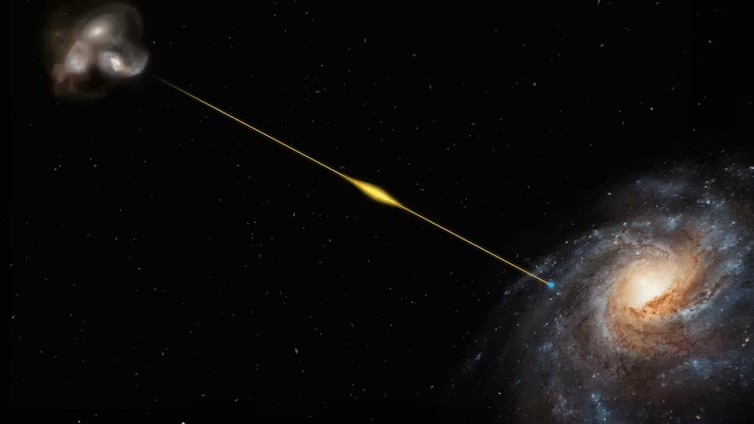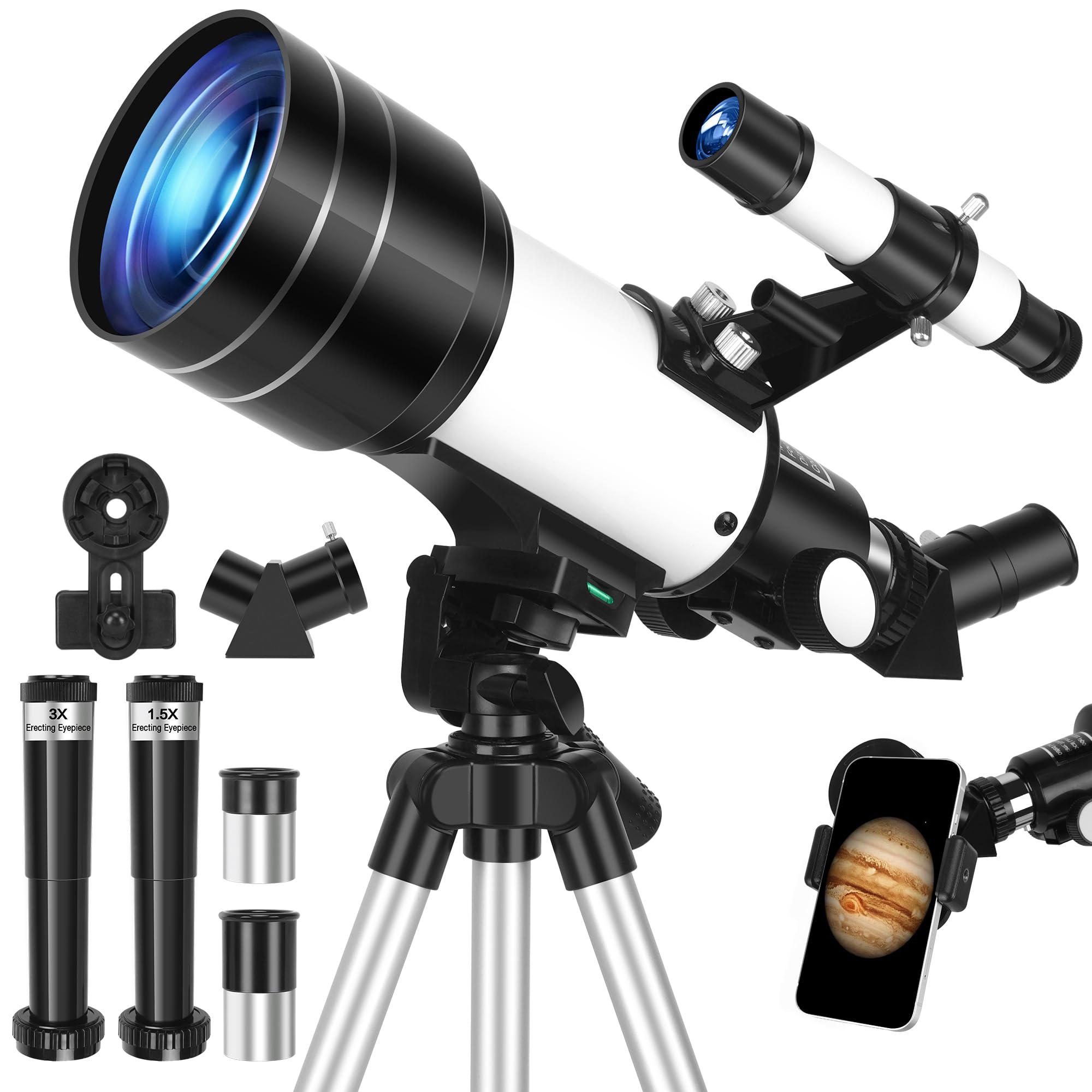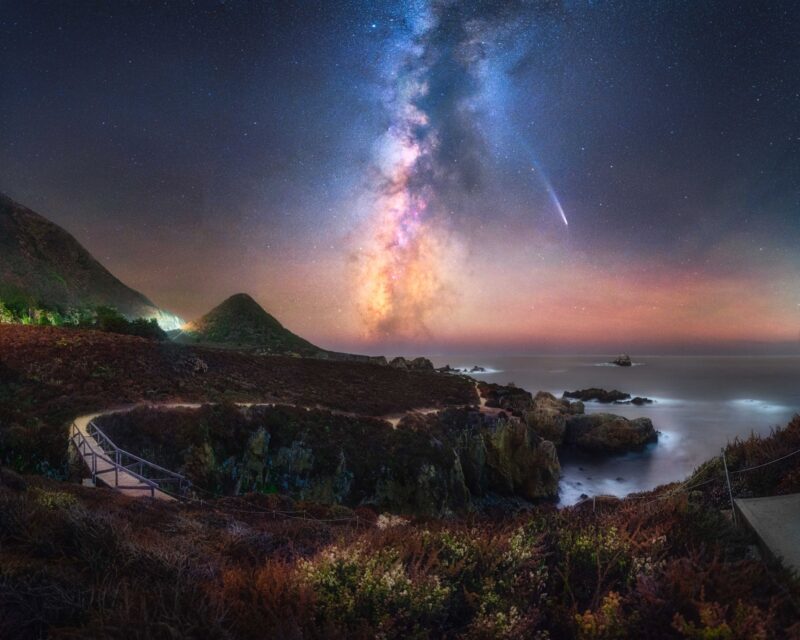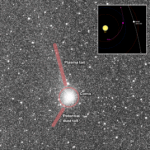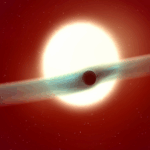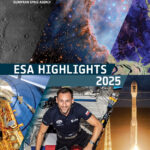Now Reading: ESA’s 2025 calendar: Best of Hubble and Webb
-
01
ESA’s 2025 calendar: Best of Hubble and Webb
ESA’s 2025 calendar: Best of Hubble and Webb
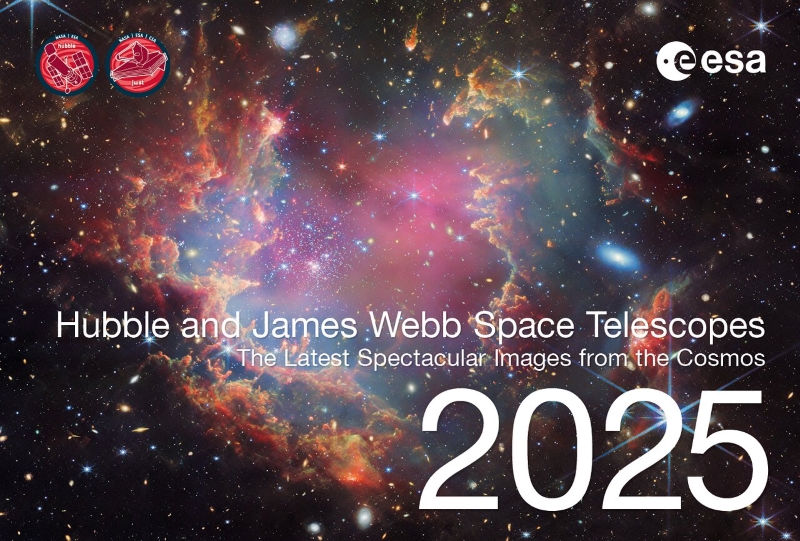

ESA announces free Hubble and Webb 2025 calendar
To celebrate another year of exciting images and discoveries from the Hubble Space Telescope and the James Webb Space Telescope, the European Space Agency (ESA) has released a 2025 calendar showcasing beautiful imagery from both missions.
The 2025 calendar features a selection of images published in 2024, including shots of planets, star clusters, galaxies, and more. And it’s free! It can now be accessed electronically for anyone to print, share and enjoy. Find download links here, and see the calendar’s contents below.
January: Hubble revisits giant planet Jupiter

February: Horsehead Nebula from Webb, Hubble and Euclid

March: Webb’s view of galaxy pair Arp 107

April: Hubble captures the Little Dumbbell Nebula

May: Starburst galaxy NGC 5253, from Hubble

June: Webb images the cosmic gems arc

July: Binary star R Aquarii from Hubble

August: Webb reveals star cluster in Perseus

September: Hubble probes Omega Centauri star cluster

October: Serpens Nebula, captured by Webb

November: 4 spiral galaxies from Hubble

December: Wonderful Westerlund 1 from Webb

Bottom line: The European Space Agency has announced its 2025 calendar, featuring the best images from the Hubble and Webb telescopes from the past year. And it’s free for you to download!
The post ESA’s 2025 calendar: Best of Hubble and Webb first appeared on EarthSky.
Stay Informed With the Latest & Most Important News
-
 012024 in Review: Highlights from NASA in Silicon Valley
012024 in Review: Highlights from NASA in Silicon Valley -
 02Panasonic Leica Summilux DG 15mm f/1.7 ASPH review
02Panasonic Leica Summilux DG 15mm f/1.7 ASPH review -
 03How New NASA, India Earth Satellite NISAR Will See Earth
03How New NASA, India Earth Satellite NISAR Will See Earth -
 04From Polymerization-Enabled Folding and Assembly to Chemical Evolution: Key Processes for Emergence of Functional Polymers in the Origin of Life
04From Polymerization-Enabled Folding and Assembly to Chemical Evolution: Key Processes for Emergence of Functional Polymers in the Origin of Life -
 05And Thus Begins A New Year For Life On Earth
05And Thus Begins A New Year For Life On Earth -
 06Astronomy Activation Ambassadors: A New Era
06Astronomy Activation Ambassadors: A New Era -
07SpaceX launch surge helps set new global launch record in 2024












